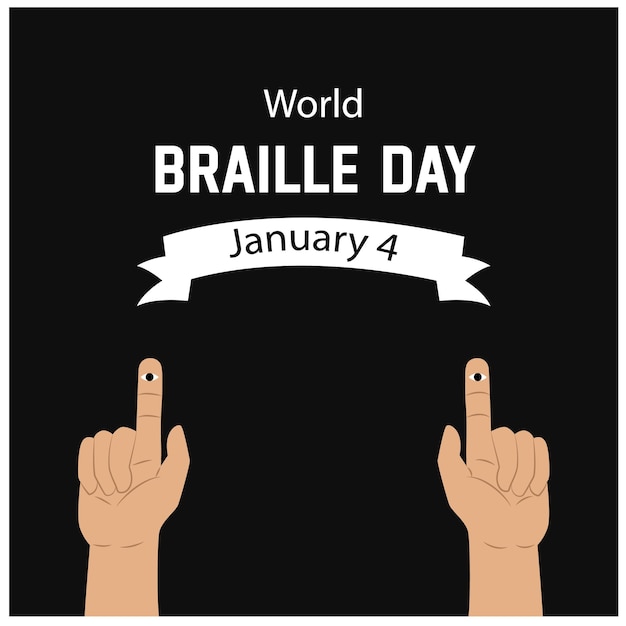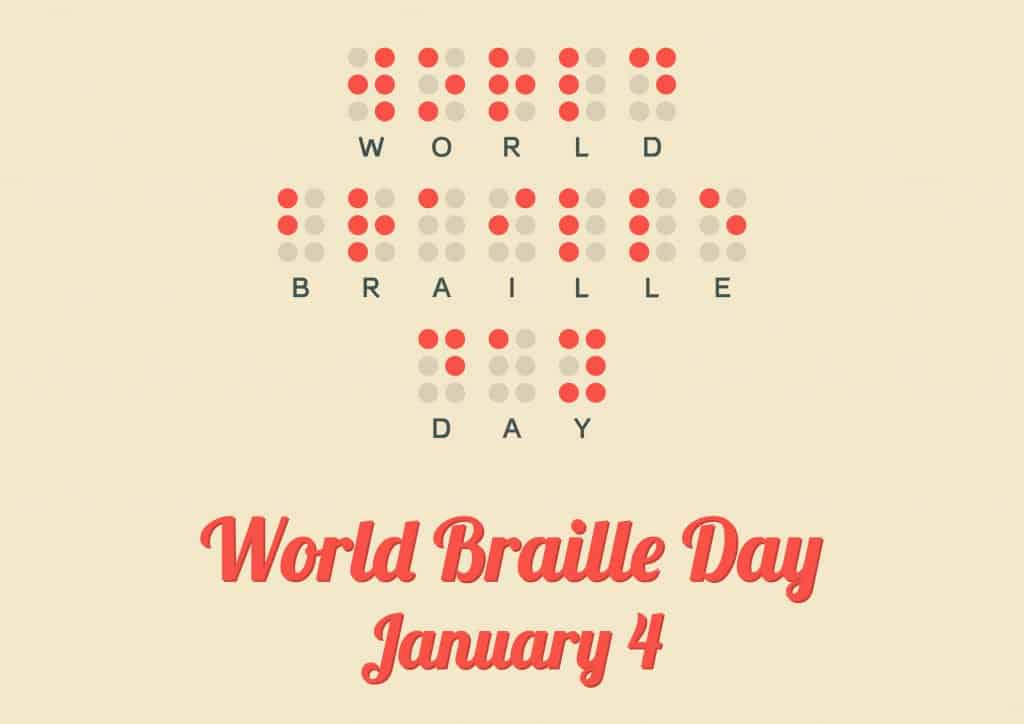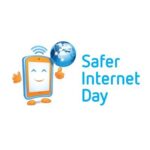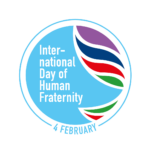In a world that is becoming increasingly digitized, braille remains a critical tool for the visually impaired. Every year on January 4th, we celebrate World Braille Day to honor the incredible impact Louis Braille’s invention has had on millions of lives. This day serves as a reminder of the importance of braille and promotes the accessibility and independence it provides for blind individuals.
The Significance of World Braille Day
World Braille Day holds great significance as it acknowledges the profound impact of braille on the lives of visually impaired individuals. It serves as a platform to raise awareness about the rights and needs of the blind community, promoting inclusivity and equal opportunities for all. This day also highlights the importance of accessible information and education, ensuring that blind individuals can thrive and contribute to society on an equal footing.
The History and Background of Braille
Braille, named after its creator Louis Braille, is a system of raised dots that represent letters, numbers, and even musical notes. Born in 1809 in Coupvray, France, Louis Braille lost his sight at the tender age of three due to a tragic accident. However, his determination to overcome the limitations of his blindness led him to develop the braille system, which revolutionized communication for the visually impaired.
Braille’s journey began when he was introduced to a military code called “night writing.” This code, developed by Charles Barbier, allowed soldiers to communicate silently in the dark by using raised dots and dashes. Braille simplified and adapted this code into a more practical system that could be easily understood and used by blind individuals.
Understanding Braille: How Does It Work?
The braille system is based on a grid of six dots, arranged in two columns of three dots each. By combining different dot configurations, braille characters are formed. Each character represents a letter, number, punctuation mark, or even a whole word in some cases. The system is tactile, allowing blind individuals to read by feeling the raised dots with their fingertips.
To read braille efficiently, blind individuals develop a highly sensitive sense of touch. They can identify and interpret the combinations of dots on a page, enabling them to comprehend written information. Braille can be produced using various methods, including embossing, typing on a special braille typewriter, or using electronic braille displays.

The Impact of Braille on the Visually Impaired Community
Braille has had a profound impact on the lives of visually impaired individuals. It serves as a gateway to literacy, education, and independence. Learning braille empowers blind individuals to communicate effectively, read books, access information, and engage in written correspondence. It allows them to participate more fully in society, pursue higher education, and pursue various career opportunities.
For blind children, braille plays a crucial role in their educational journey. It provides them with a means to learn alongside their sighted peers, ensuring they have equal access to knowledge and resources. Learning braille at a young age enhances their cognitive development, language skills, and overall educational outcomes.
World Braille Day Celebrations and Events
World Braille Day is celebrated globally to raise awareness and promote braille literacy. Various events and activities are organized to honor the achievements of Louis Braille and create opportunities for blind individuals to showcase their talents and abilities. These celebrations often include braille writing competitions, exhibitions, cultural performances, and interactive workshops to educate the public about the importance of braille.
Many organizations, schools, and communities come together to organize events on World Braille Day. These events aim to engage people from different backgrounds and highlight the value of braille in fostering inclusivity and accessibility. Through these celebrations, the wider community gains a deeper understanding of the challenges faced by the visually impaired and the solutions that braille provides.
Promoting Braille Literacy and Education
Braille literacy and education are crucial for the empowerment of blind individuals. It is essential to promote braille as a fundamental tool for learning and ensure that blind students have access to quality education. This involves training teachers in braille instruction, providing braille textbooks and materials, and creating inclusive learning environments that support the needs of visually impaired students.
Furthermore, it is important to advocate for braille inclusion in mainstream education systems. By incorporating braille into the curriculum, blind students can fully participate in classroom activities, engage with their peers, and develop the necessary skills for future success. Promoting braille literacy also extends beyond educational institutions, as it is essential in workplaces, public spaces, and everyday life.
Organizations and Initiatives Supporting Braille Accessibility
Numerous organizations and initiatives are dedicated to promoting braille accessibility and advocating for the rights of visually impaired individuals. These organizations work tirelessly to ensure that braille is readily available and accessible to those who need it. They provide resources, support, and training to blind individuals, their families, and educators.
One such organization is the World Blind Union (WBU), a global organization that represents the estimated 253 million blind and partially sighted people worldwide. The WBU actively promotes the use of braille and advocates for braille inclusion in education, employment, and everyday life. They work closely with governments, international agencies, and other stakeholders to advance the rights and well-being of blind individuals.
Advancements in Technology for Braille Readers
With the advent of technology, braille readers now have access to a range of innovative devices and tools that enhance their reading experience. Electronic braille displays have become increasingly sophisticated, providing real-time braille output from digital content. These portable devices allow blind individuals to access books, documents, and online content in braille format, promoting independence and seamless integration into the digital world.
Text-to-speech technology has also become essential in assisting blind individuals. Screen readers, software programs that convert text into speech, enable blind individuals to access and navigate digital content independently. These advancements have greatly expanded access to information and educational resources, bridging the gap between the visually impaired and the sighted world.
Famous Individuals Who Have Used Braille
Throughout history, many famous individuals have embraced braille and its transformative power. Helen Keller, an American author, political activist, and lecturer, overcame both blindness and deafness to become an influential figure. She learned braille as a child and used it to communicate, read, and write extensively. Keller’s remarkable achievements demonstrated the potential of braille and served as an inspiration to countless others.
Another notable figure is Stevie Wonder, a renowned musician and songwriter. Despite being blind since shortly after birth, Wonder has achieved immense success in the music industry. He is an advocate for braille literacy and has actively supported organizations that promote braille accessibility.
Conclusion: The Importance of Recognizing and Supporting World Braille Day
World Braille Day serves as a powerful reminder of the impact braille has on the lives of visually impaired individuals. It is a day to recognize the significance of braille in promoting inclusivity, independence, and equal opportunities for all. By celebrating this day, we raise awareness about the rights of blind individuals and advocate for the accessibility of information and education.
As we commemorate World Braille Day, let us continue to support organizations and initiatives that promote braille literacy and accessibility. Together, we can create a world where every individual, regardless of their visual abilities, has the opportunity to thrive, learn, and contribute to society. Let us champion the power of braille in transforming lives and fostering a more inclusive and equitable future for all.










